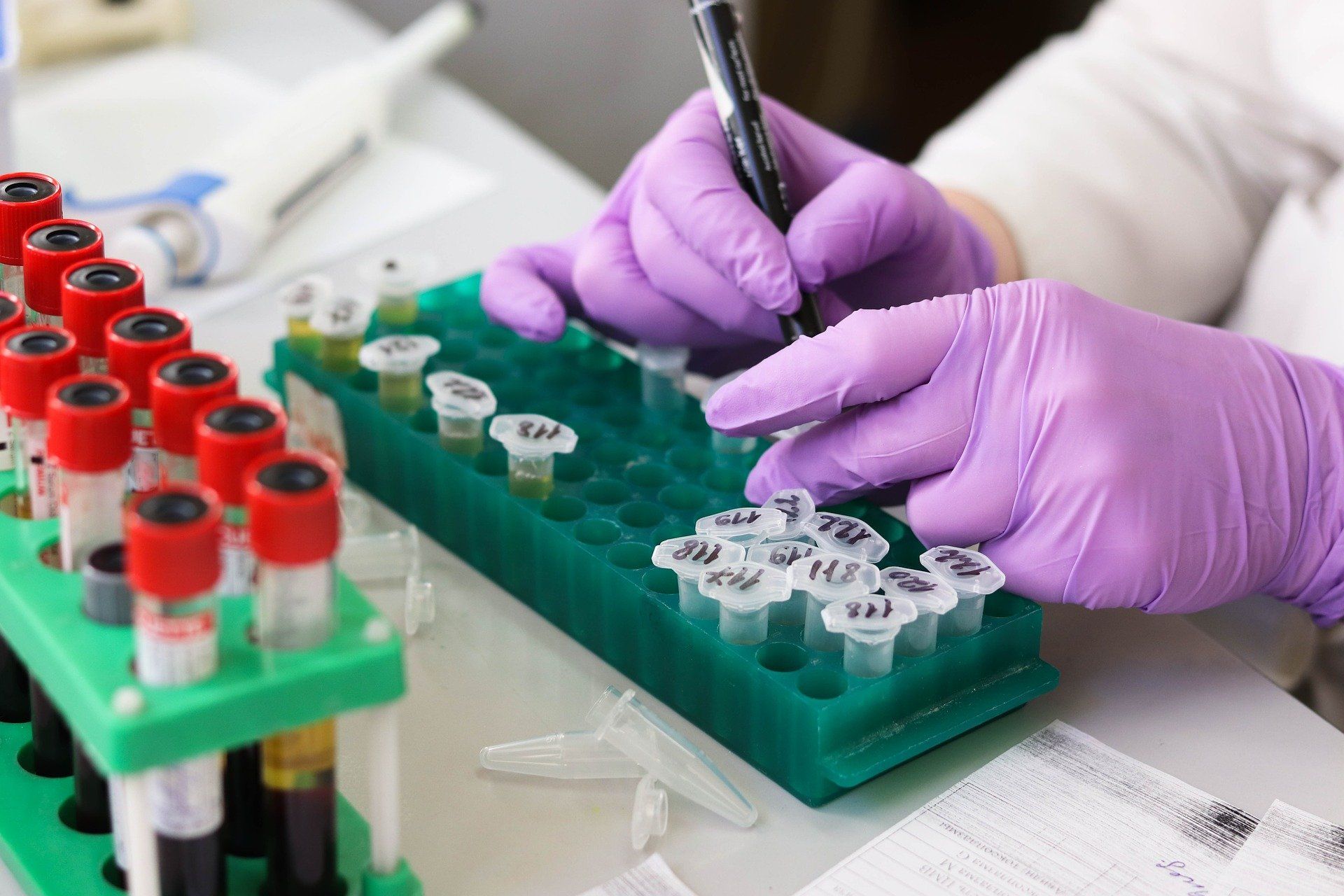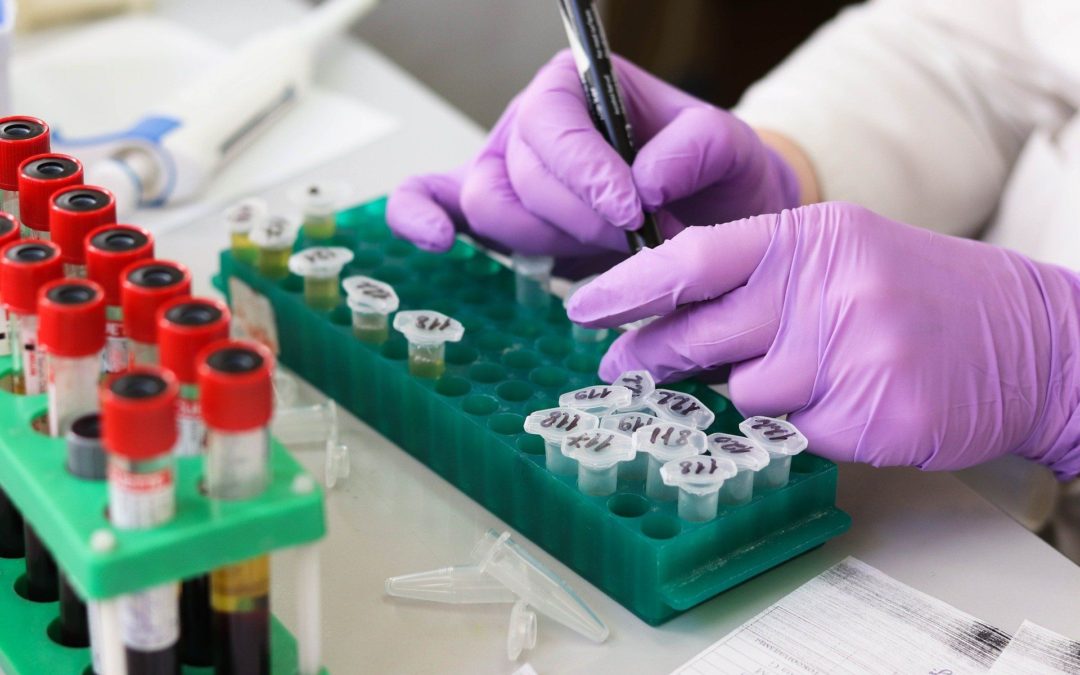
Healthcare routinely takes cell samples from the cervix to detect cervical cancer. But now, an international research team from Karolinska Institutet in Sweden, among others, has developed a method they refer to as a WID test to use these samples also to identify the risk of breast and ovarian cancer.
"The unique thing about these studies is that we have found a way to measure the risk of cancer in tissues other than those we have sampled. It provides new insights into how cancer arises and opens up the possibility of being able to predict the risk of cancer more generally instead of one form of cancer at a time", says Joakim Dillner, professor at Karolinska Institutet and one of the study's authors, in a press release.
The method works to analyze epigenetic changes in the cervical samples. These are changes in gene expression that have been affected by factors such as the environment, lifestyle, and aging.
The researchers analyzed samples from over a thousand women. The result was that they managed to find two unique epigenetic signatures that identified 76.6 percent of women with a high risk of breast cancer and 61.7 percent with an increased risk of ovarian cancer. This means that the WID test can detect up to 30 percent more women with breast or ovarian cancer than current methods.
The results now give hope that the WID test will provide opportunities for better treatments of many types of cancer.
"If we know which individuals have an increased risk of developing a certain type of cancer, it opens up the possibility of increased screening and preventive treatment," says co-author Kristina Gemzell Danielsson, professor at Karolinska Institutet and one of the researchers behind the study.







